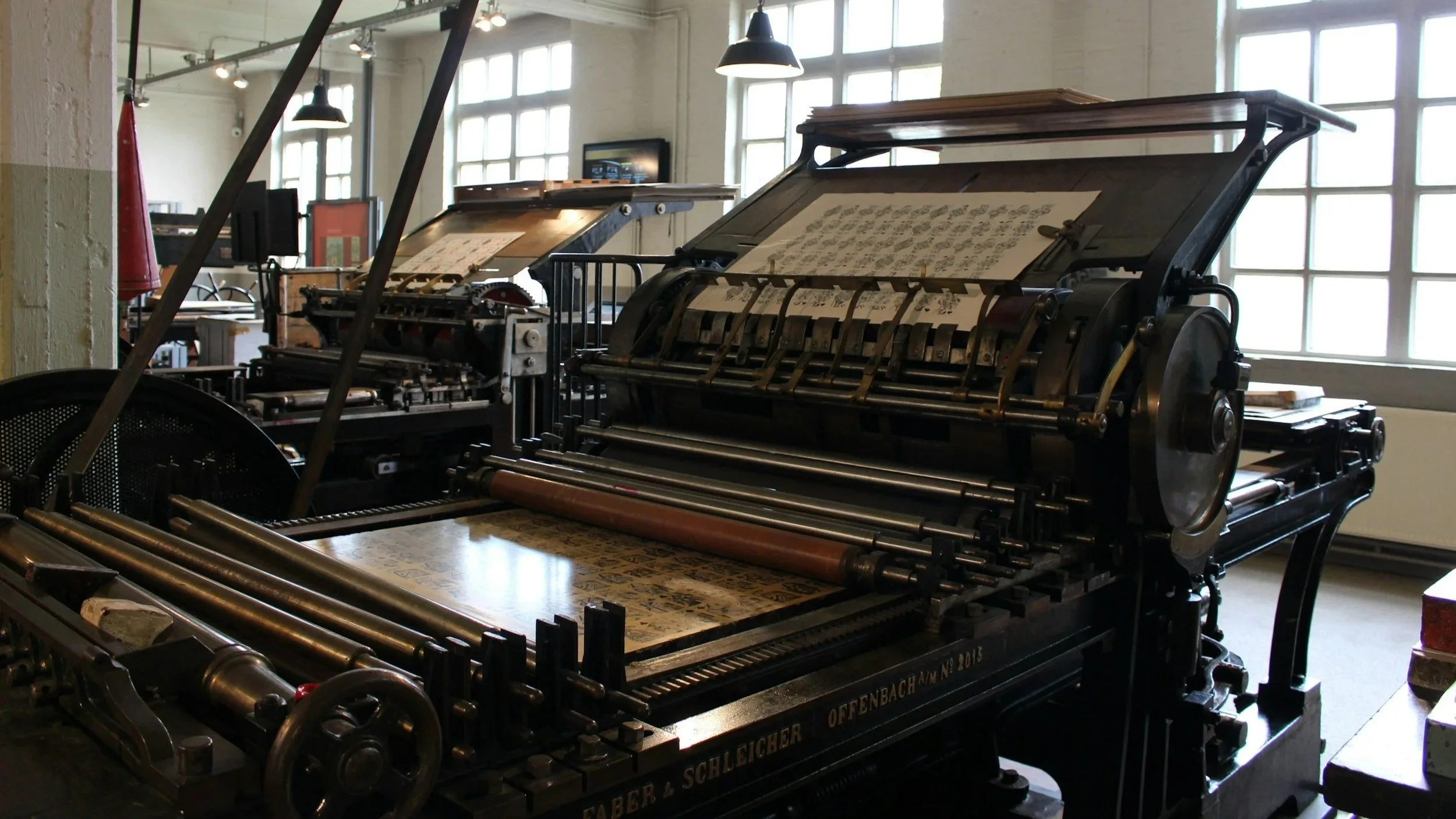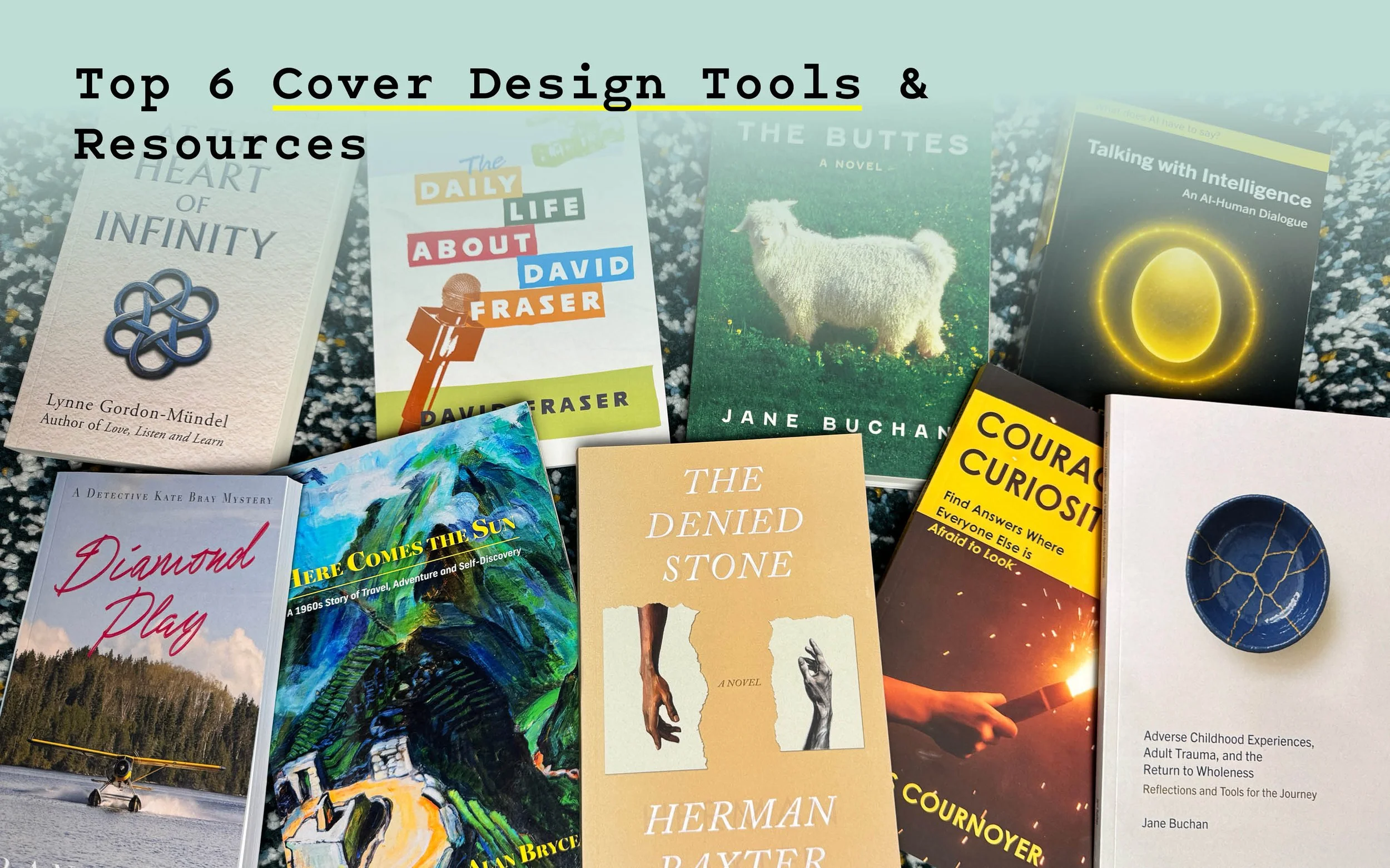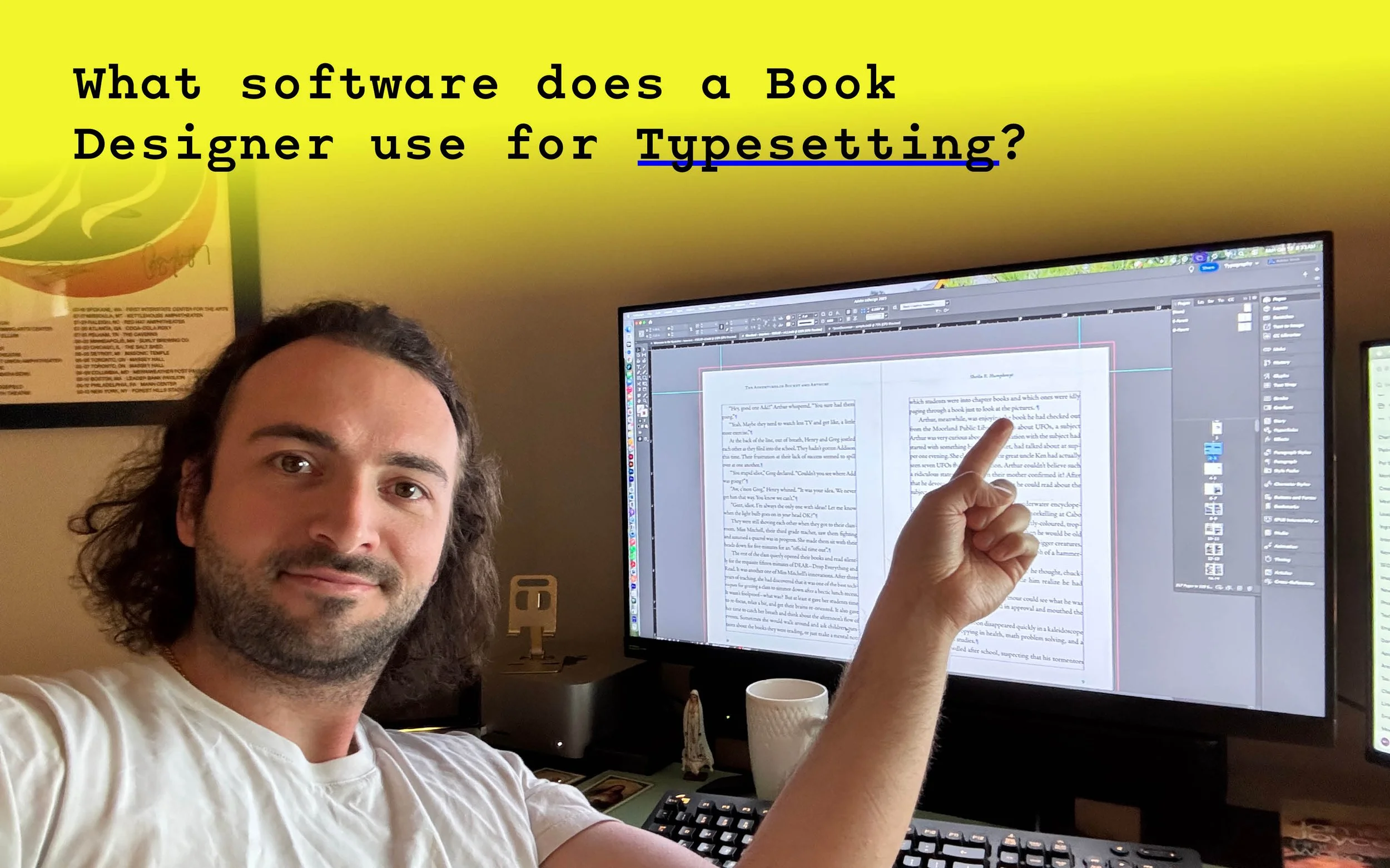Blogs and News
Welcome to the Foglio blog! Here, I share insights, tips, and behind-the-scenes stories about the world of self-publishing, book design, and typography. Whether you’re an author looking for guidance on your publishing journey or a typography nerd like me, you’ll find something of interest here.


How to Get Your Book Files Print-Ready for Professional Results
Print-ready files protect your book from surprise delays, rejections, and quality issues. This guide explains how to set the correct trim size, add bleed, prepare high-resolution images, choose CMYK colour, and build a proper full-spread cover. Follow these steps to produce clean, professional PDFs that pass every platform check on the first try.


Long-Tail vs. Short-Tail Keywords: Which Should You Use for Your Print-on-Demand Book?
Learn how short-tail and long-tail keywords impact discoverability for print-on-demand books. Get strategic guidance to boost visibility on Amazon, IngramSpark, and more.

How to Choose Keywords for Your Print on Demand Book
Discover how to select the best keywords for your print on demand book. Boost visibility, reach your target audience, and optimize metadata for success.

The Top 10 eBook Validation Errors (and How We Fix Them)
Many eBooks fail validation on the first try. From missing tables of contents to broken fonts, learn how Foglio’s experts identify and fix the top 10 errors before you publish.

Cross-Platform eBook Testing: Ensuring Your eBook Looks Great Everywhere
Even well-formatted eBooks can display differently on Kindle, Kobo, or Apple Books. Learn how cross-platform testing protects your book’s quality and how Foglio’s experts can help.

Your Expert eBook Checklist: From Manuscript to Marketplace
Before you publish your eBook, make sure it meets professional standards. This checklist walks Canadian self-publishers through every step—from file setup and layout choices to validation and distribution—so your digital book performs as beautifully as it reads.

Do Readers Judge a Book by Its Thickness? Understanding Trim Size and Perceived Value
Book thickness subtly shapes reader perception. Learn how trim size, paper weight, and layout affect value and trust — and how to choose the right proportions for your genre.

The Science of Colour Psychology in Book Design
Choosing the right colours for your self-published book cover can influence first impressions, attract readers, and support genre expectations. Learn practical, evidence-based strategies for colour selection.

Front Matter Matters: Crafting Your Book’s Title Page, Dedication and Copyright Section
Front matter sets the tone for your book. Learn how to format title pages, dedications, and copyright pages for professional self-publishing in Canada.

Building a Professional Glossary and Index for Your Self‑Published Book
A well-crafted glossary and index make your self-published book easier to navigate and more credible. Learn step-by-step how to compile, format, and typeset these sections.

Top 6 Cover Design Tools & Resources for Self-Publishers in 2025 (Canada-Focused Guide)
Your cover is your first pitch. This 2025 Canada-focused guide reviews six leading tools for DIY covers, from pro suites like InDesign to friendly options like Canva, plus author tools such as Book Brush and Placeit. Learn what to use for print wraps, thumbnails, and promos, and when to call a designer for a custom market-ready look.

The 6 Best Formatting & Typesetting Tools for Self-Publishing Authors (2025 Canadian Edition)
Want pro-looking pages without guesswork? This 2025 Canadian guide compares Vellum, Atticus, Reedsy, Affinity Publisher, InDesign, and budget options like Word or Pressbooks. Learn what each tool does well, how files export for KDP and IngramSpark, and when it is smarter to hire a typesetting pro so your book passes checks the first time.

Cover, meet Content: Harmonizing Your Book’s Interior Design with Its Cover (Guide for 2025)
A great cover makes the promise. Your interior has to keep it. This guide shows how to match fonts, colour accents, margins, and layout so the pages feel like they belong to the same book as the jacket. We cover practical steps for print and ebooks, tools to use, and simple choices that improve readability and brand cohesion.

Colour Psychology & Genre-Driven Trends: How to Design a High-Converting Book Cover in 2025
Your cover has one job before anything else. Stop the right reader and signal genre. This guide explains colour psychology, shows palettes that work by genre, and shares practical tips on contrast, typography, and thumbnail tests so your cover turns clicks into sales.

Applying Tschichold’s Page-Design Canons in 2025: A Modern Guide for Self-Published Authors
Jan Tschichold’s page canons still work in 2025. This guide shows how to choose smart trim sizes, set 1:1:2:3 margins, control line length and spacing, and keep ebooks clean and readable. You will learn how to set this up in InDesign, Affinity Publisher, and Reedsy, and how good layout can also lower print costs.

Jan Tschichold’s Timeless Rules: What Modern Self-Publishers Can Learn from the Father of Book Design
Jan Tschichold helped shape the way good books look and read. This guide explains his canons of page construction, the 1:1:2:3 margin idea, and the spirit behind the Penguin Composition Rules. If you want a calm, readable page that feels professional, these principles will help you design a self-published book that stands the test of time.

Cutting Book Production Costs: Edition Types, Paper Choices and Colour Strategies for Self-Publishers
Production costs can sneak up on first-time authors. This guide shows you how edition type, paper choice, trim size and colour use shape your per-copy price, freight, and reader experience. We cover smart ways to keep pages lean, when to pick cream or coated stock, and how POD compares with bulk runs in Canada, with clear steps you can use today.

Trim Sizes, Margins and White Space: Designing Readable Self-Published Books Without Breaking the Bank
Trim size, margins, and white space do more than decorate a page. They decide how easy your book is to read and how much each copy costs to print. This plain-English guide shows Canadian self-publishers how to pick a smart size, set clean margins, and tune type so pages feel calm, proofs pass faster, and your budget stays under control.

5 Easy Steps to Self-Publishing Success
Turning a manuscript into a published book can feel overwhelming, but it doesn’t have to be. In this guide, Michael Pietrobon of Foglio Custom Book Specialists walks you through five straightforward steps to self-publishing success. With practical tips on editing, design, distribution, and marketing—plus Canadian-specific details—you’ll gain the confidence and tools to bring your book to market the right way.




